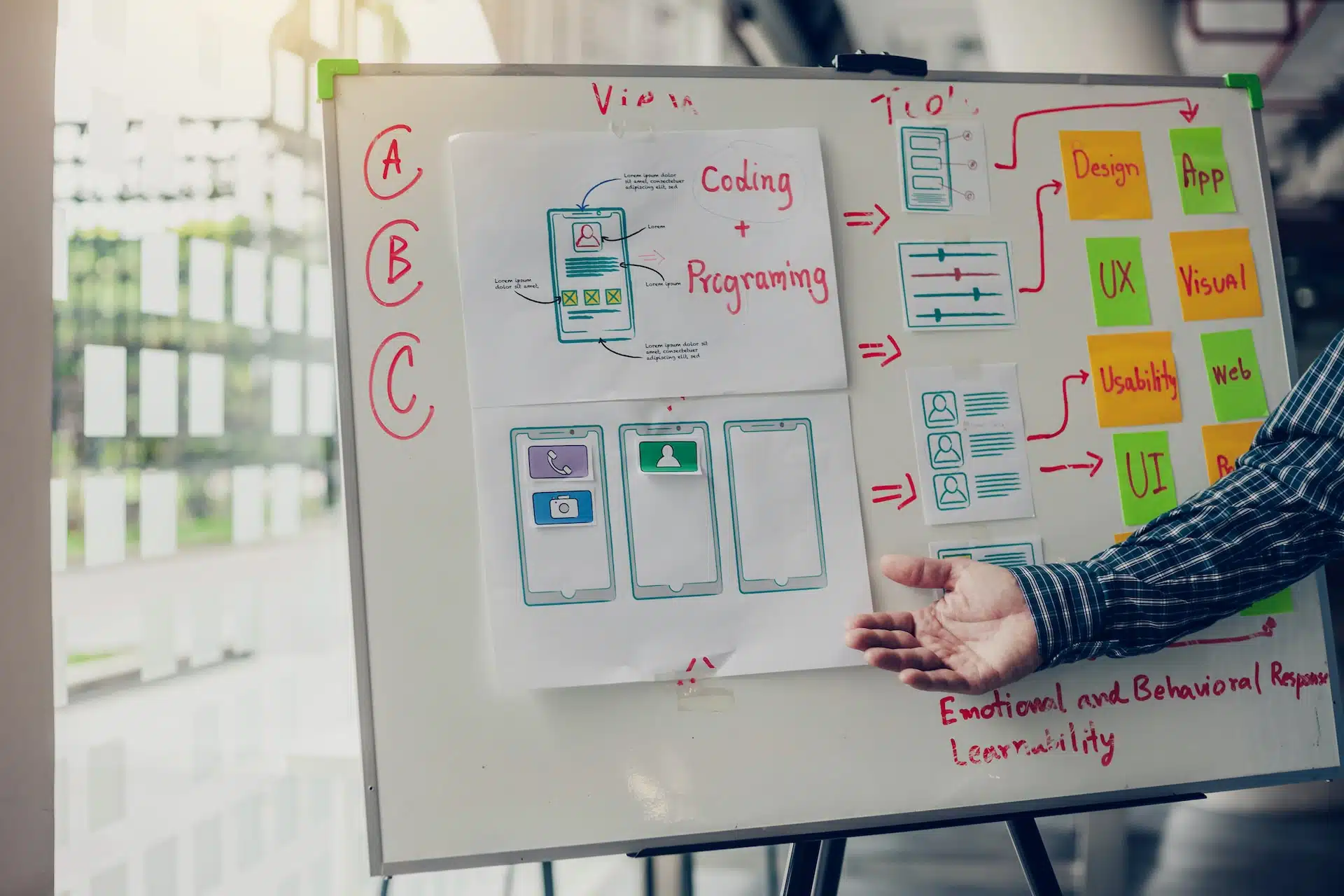Principles of Web Design: 10 Tips for Creating a User-Friendly Website




In web design, creating user-friendly websites is no longer optional; it is essential for improving user experience (UX), boosting engagement, and driving conversions. Today’s focus has shifted beyond visual appeal to ensuring that websites are functional, accessible, and easy to navigate. This article covers 10 principles of good web design and actionable techniques to improve your website’s performance.
Navigation plays a central role in website usability. It determines how easily users move through a website, locate content, and achieve their goals.
For example, on an e-commerce website, intuitive navigation might include simple menu options like “Clothing,” “Shoes,” and “Accessories,” with subcategories such as “Men’s Shoes” and “Women’s Shoes.” Clear navigation improves task efficiency and reduces user frustration.
Menus are essential for helping users access information quickly and efficiently. Simple, well-structured menus improve navigation flow and reduce cognitive load.
For instance, an online store can group products into main categories like “Clothing” and then subcategories like “Women’s Jackets” or “Men’s Accessories.” Simple menus improve UX by allowing users to find content faster, reducing bounce rates, and increasing conversion opportunities.
Interactive elements engage users, encourage longer sessions, and help build trust. These features can include animations, scrolling effects, and hover states that make the browsing experience more dynamic.
A slideshow gallery, for example, can display product images in a visually appealing format, allowing users to browse at their own pace. According to Google research, websites that load within 5 seconds experience 70% longer sessions compared to slower websites. Interactive features combined with fast load times improve user retention.
Call-to-action (CTA) buttons guide users toward completing specific goals, such as purchases, subscriptions, or form submissions. Well-designed CTAs improve engagement and conversions.
For example, placing a CTA like “Get 20% Off” at the top of a product page encourages immediate action. Effective CTAs streamline the user journey and improve the chances of converting visitors into customers.
A user-friendly website prioritizes content clarity to help visitors find information quickly and efficiently.
Web visitors typically scan pages rather than reading every word. Optimizing text for scannability ensures users can locate key information with ease.
For mobile users, scannable text becomes even more critical because of smaller screens. Proper formatting ensures that essential information is accessible and easy to digest.
A visually appealing website attracts users and enhances interaction with content. The aesthetics of a site include colors, typography, and visual balance, all of which influence user perception.
Color theory and typography play a key role in visual perception and content readability.
For example, Apple’s website uses clean fonts like San Francisco and Helvetica Neue to create a sleek, minimalist design that reflects its brand identity. Proper color usage and typography improve readability and create a professional impression.
Design choices significantly impact user trust. A well-designed, professional website improves credibility and encourages users to interact with your content.
According to a Stanford study, 75% of users judge a company’s credibility based on its website design. Focus on clear layouts, professional visuals, and easy-to-follow navigation to build trust.
Slow-loading websites leads to user frustration and increased bounce rates. Optimizing page speed ensures users have a smooth browsing experience.
Google data shows that sites loading within 5 seconds have 35% lower bounce rates and longer user sessions. Fast websites improve user retention and conversion rates.
With most users accessing websites on mobile devices, ensuring mobile compatibility is essential for creating a user-friendly experience.
A mobile-friendly website reduces frustration, improves usability, and ensures consistent user experiences across devices.
Consistency across all pages improves usability and helps users become familiar with your site’s structure.
Predictable, consistent design reduces confusion and improves user satisfaction.
Creating a user-friendly website involves focusing on effective navigation, clear content, strategic CTAs, and optimized performance. Prioritizing aesthetics, responsive design, and fast load times ensures a seamless experience for all users. By following these principles, you can build a website that enhances user satisfaction, builds trust, and drives measurable results for your business.